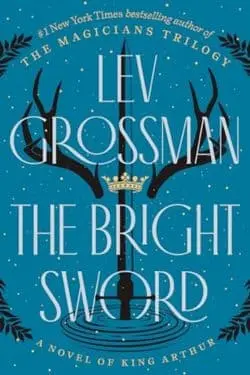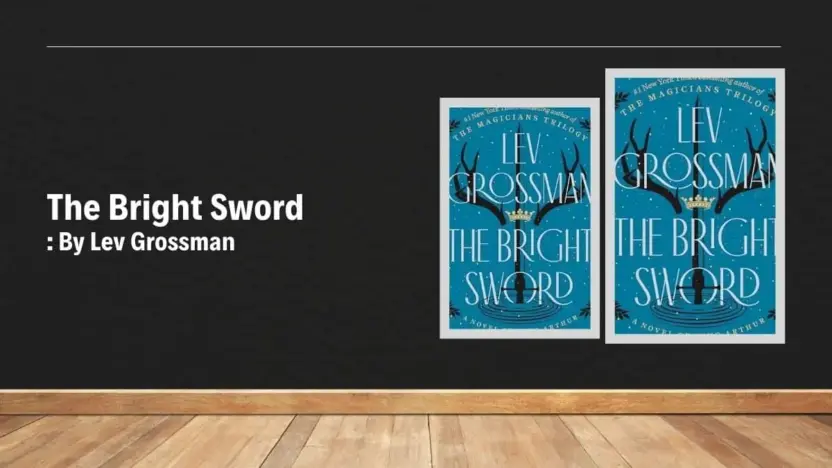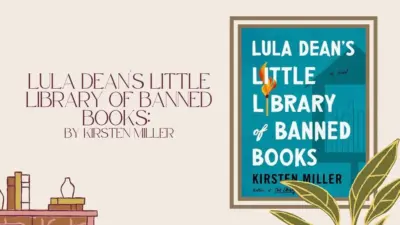Lev Grossman, renowned for his work on “The Magicians” trilogy, returns with “The Bright Sword,” a fresh reimagining of the Arthurian legend. The novel, released on July 16, 2024, delves into the aftermath of King Arthur’s demise, focusing on a young knight named Collum who arrives at Camelot too late to join the Round Table. This review explores the strengths and weaknesses of Grossman’s latest offering, shedding light on its narrative structure, character development, and thematic depth.
Plot Overview
“The Bright Sword” begins with Collum arriving at Camelot, only to find that King Arthur has died, leaving the kingdom in disarray. The narrative oscillates between Collum’s present-day quest to save Britain and the historical backstories of the remaining knights. These knights, who survived the Battle of Camlann, must band together for one last mission to restore their shattered land.

Narrative Structure and Pacing
One of the novel’s standout features is its dual timeline structure. Grossman weaves between Collum’s present-day journey and the historical accounts of various knights. While this approach provides rich backstories and deeper character insights, it occasionally disrupts the narrative flow. Some readers might find the transitions between past and present jarring, making it difficult to stay immersed in the primary storyline.
Character Development
Grossman’s portrayal of the knights is both a strength and a point of contention. He brings to life lesser-known characters from Arthurian legend, such as Sir Bedivere, Sir Palomides, and Dagonet the Fool, providing them with intricate, humanizing backstories. This nuanced characterization adds depth to the narrative but can sometimes feel disjointed from the main plot.
Themes and Symbolism
“The Bright Sword” is rich in themes, exploring the intersection of magic and religion in medieval Britain. Grossman effectively juxtaposes the fading magical traditions of Britain with the rise of Christianity, highlighting the cultural and spiritual tensions of the time. Additionally, the novel delves into themes of loss, redemption, and the struggle to rebuild in the face of overwhelming adversity.
Strengths
Rich World-Building
Grossman’s attention to detail in world-building is commendable. He vividly describes the post-Arthurian landscape, capturing the desolation and hope of a kingdom in transition. The inclusion of historical elements, such as Roman occupation, adds layers of authenticity to the narrative.
Engaging Secondary Characters
By focusing on minor characters from the Arthurian legend, Grossman breathes new life into the familiar mythos. Characters like Nimue and other female figures, though they could have been more prominent, add depth and diversity to the story.
Cinematic Quality
The action scenes, particularly the magical battles and sword fights, are depicted with a cinematic flair. Grossman’s descriptive prowess ensures that these scenes are both thrilling and visceral, maintaining a sense of realism amidst the fantastical elements.
Weaknesses
Pacing Issues
As mentioned, the dual timeline structure, while rich in content, sometimes hinders the pacing of the novel. Readers may find themselves having to backtrack to reorient themselves within the story’s timeline, which can detract from the overall reading experience.
Underdeveloped Female Characters
While the novel introduces intriguing female characters, their development feels somewhat lacking. Readers might yearn for more significant roles and deeper exploration of these characters’ motivations and backstories.
Conclusion
“The Bright Sword” by Lev Grossman is a compelling addition to the Arthurian canon, offering a fresh perspective on the legendary tale. Despite some pacing issues and underdeveloped female characters, the novel’s rich world-building, engaging secondary characters, and thematic depth make it a worthy read for fans of historical fantasy. Grossman’s ability to blend historical authenticity with fantastical elements ensures that “The Bright Sword” stands out as a unique and thought-provoking reimagining of the Arthurian legend.
Also Read: LULA DEAN’S LITTLE LIBRARY OF BANNED BOOKS: BY KIRSTEN MILLER (BOOK REVIEW)



